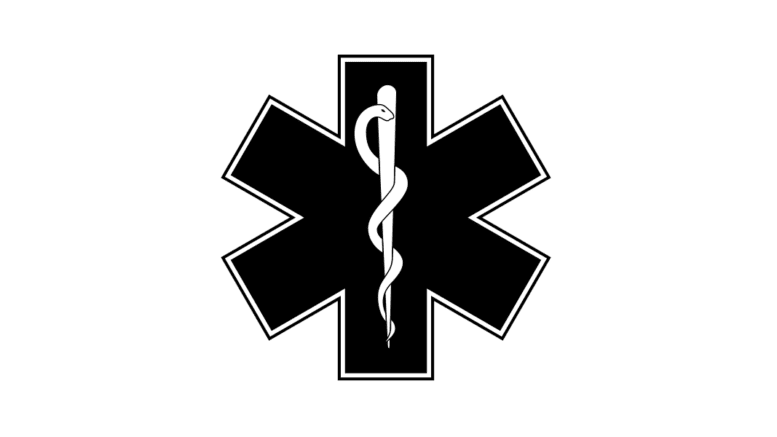by Ross Williams, Georgia Recorder, [This article first appeared in the Georgia Recorder, republished with permission]
September 12, 2025
The Georgia Department of Public Health has confirmed a new case of measles in an unvaccinated Fulton County resident, and the department is working to contact people who may have been exposed.
DPH officials believe exposures may have occurred between Sept. 2 and 11 at Georgia State University, Sweetgreen Restaurant in Atlanta and at youth soccer practices and games.
This case represents the seventh case of measles, a preventable disease, in Georgia this year, while other states have been dealing with larger outbreaks.
Last year, Georgia had six cases of measles. Before that, except for 2019 when there were 18 cases, Georgia has had little to no confirmed cases of measles for the last 15 years.
Cases are spiking nationwide, said Dr. Harry Heiman, a physician and professor at Georgia State University.
“You don’t have to use your imagination to have heightened concern,” Heiman said, “If you look at the number of cases of measles that we’ve had across the country this year, it’s almost 1,500, which is more than five times the number of cases we had in the entire 2024 period.”
Measles symptoms appear within one to two weeks of exposure and can include high fever, runny nose and watery eyes before a rash of tiny red spots breaks out, usually starting at the head and spreading to the rest of the body.
The virus can lead to severe complications, especially for groups including young children and pregnant women. According to the Centers for Disease Control and Prevention, one in five unvaccinated people who gets measles in the U.S. is hospitalized. About one child out of every thousand who gets measles will develop encephalitis, a swelling of the brain that can lead to intellectual disabilities.
Between one and three out of every thousand children who get measles will die from respiratory or neurologic complications, the CDC finds.
Heiman credits local public health workers with preventing cases from turning into big outbreaks like in other states, but he’s worried that federal funding cuts and anti-vaccine rhetoric may harm their ability to keep Georgians measles-free.
“I think we should be proud of what local public health is doing,” he said. “At the same time, we recognize that federal financial support coming to local public health agencies has been dramatically reduced, so their capacity to do this critical work is down at a time when immunization rates are down and populations are at greater risk.”
Measles is preventable with the MMR vaccine, which also protects against mumps and rubella, a routine vaccination recommended for all children. But health experts worry that growing vaccine skepticism could contribute to the spread of preventable diseases like measles.
In Georgia, 88.4% of incoming kindergarteners had gotten their MMR shots during the 2023-2024 school year, according to CDC data – that’s down from 94% 10 years prior and 99.6% in the 2009-2010 school year.
This post was updated at 4:45 p.m. on Sept. 12 to include comments from Dr. Harry Heiman.
Georgia Recorder is part of States Newsroom, a nonprofit news network supported by grants and a coalition of donors as a 501c(3) public charity. Georgia Recorder maintains editorial independence. Contact Editor Jill Nolin for questions: info@georgiarecorder.com.
